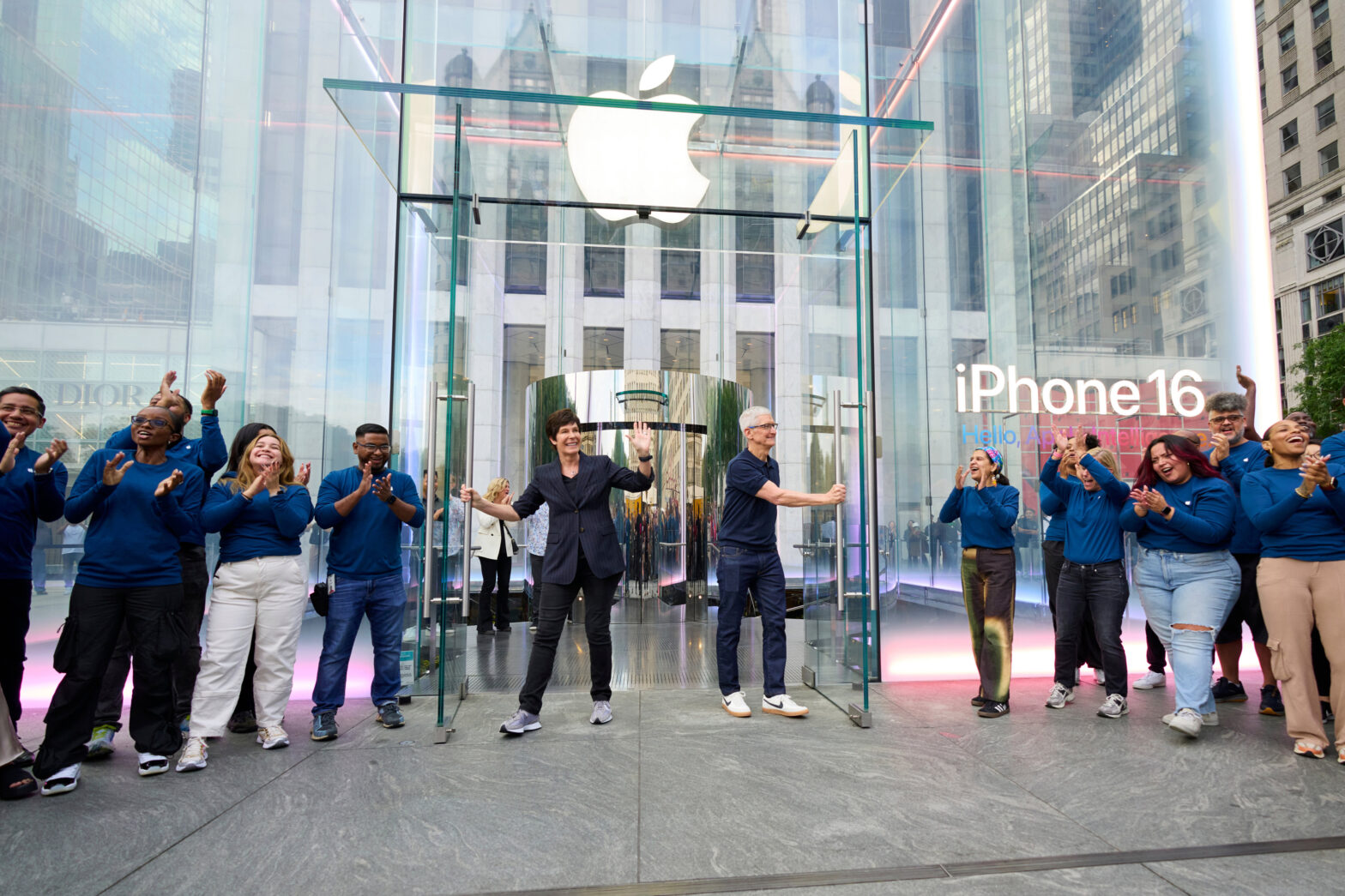In a move that underscores the complexities of global trade dynamics, Apple is bracing for a substantial $900 million hit from US tariffs in the current quarter. This revelation comes despite the tech giant’s significant efforts to shift iPhone production to India, a strategic maneuver aimed at mitigating the impact of ongoing trade tensions.
Recent data paints a vivid picture of Apple’s manufacturing pivot. As of March 2025, a staggering 97.6% of iPhones produced in India are now destined for the US market, marking a notable increase from 81.9% in the previous quarter. This shift is part of a broader trend that has seen Apple dramatically increase its manufacturing presence in India, with the company assembling $22 billion worth of iPhones in the country during the fiscal year ending March 2025—a 60% year-over-year surge.
But what’s driving this seismic shift in Apple’s production strategy?
The roots of this manufacturing migration can be traced back to early 2024 when the Trump administration’s tariffs reportedly slashed $700 billion off Apple’s market value. This stark reality created an urgent need for the company to diversify its manufacturing base beyond China, its long-standing production hub.
The current trade landscape is characterized by a 10% baseline tariff on imports from most nations, with additional reciprocal tariffs for countries running trade deficits with the US. China and Vietnam, both significant exporters of consumer electronics to America, have felt the brunt of these measures. The situation has escalated to the point where reciprocal tariffs have reached as high as 245% for certain items, though consumer electronics have thus far been spared from these extreme measures.
However, the reprieve for smartphones and other consumer electronics may be short-lived. The Trump administration is poised to announce specific tariffs for these products in May 2025, a move that has accelerated Apple’s timeline for manufacturing relocation.
The Indian Manufacturing Boom
Apple’s expansion in India has been bolstered by the Indian government’s supportive policies. Under Prime Minister Narendra Modi’s leadership, India has implemented production-linked incentives, with Apple potentially set to benefit from new $2.7 billion subsidy plans aimed at boosting electronics manufacturing.
The company’s manufacturing operations in India are primarily concentrated at Foxconn’s campus in Tamil Nadu, alongside Tata Electronics, which acquired Wistron’s operations and now oversees Pegatron’s production. This tripartite manufacturing alliance forms the backbone of Apple’s Indian production capabilities.
Challenges on the Horizon
Despite the rapid progress in shifting assembly operations, Apple faces significant hurdles in completely extricating its supply chain from China. Analysts at Bloomberg Intelligence caution that moving just 10% of Apple’s entire production out of China could take up to eight years, highlighting the company’s deep-rooted dependence on Chinese suppliers for components.
Jacob Bourne from Emarketer points out that Apple’s ambitious plan to shift manufacturing to India “raises pressing questions about execution timeline, capacity limitations, and potentially unavoidable cost increases.” These challenges could potentially impact Apple’s profit margins or lead to price increases for consumers.
Financial Implications and Market Response
Apple‘s recent financial performance reflects the complex interplay of these trade dynamics. The company reported revenue of $95.4 billion in the recently ended quarter, driven by strong iPhone sales and resulting in a profit of $24.8 billion. However, the anticipated $900 million tariff hit in the current quarter has cast a shadow over these otherwise robust figures.
The market’s response to these developments has been cautious. Following the announcement of the financial results and tariff expectations, Apple’s shares dipped more than three percent in after-market trading, signaling investor concerns about the potential impact on the company’s future performance and profit margins.
As Apple navigates these turbulent trade waters, the tech world watches closely. The company’s ability to successfully shift its manufacturing base while maintaining its renowned product quality and meeting global demand will be a testament to its adaptability in an increasingly complex global economic landscape.

















